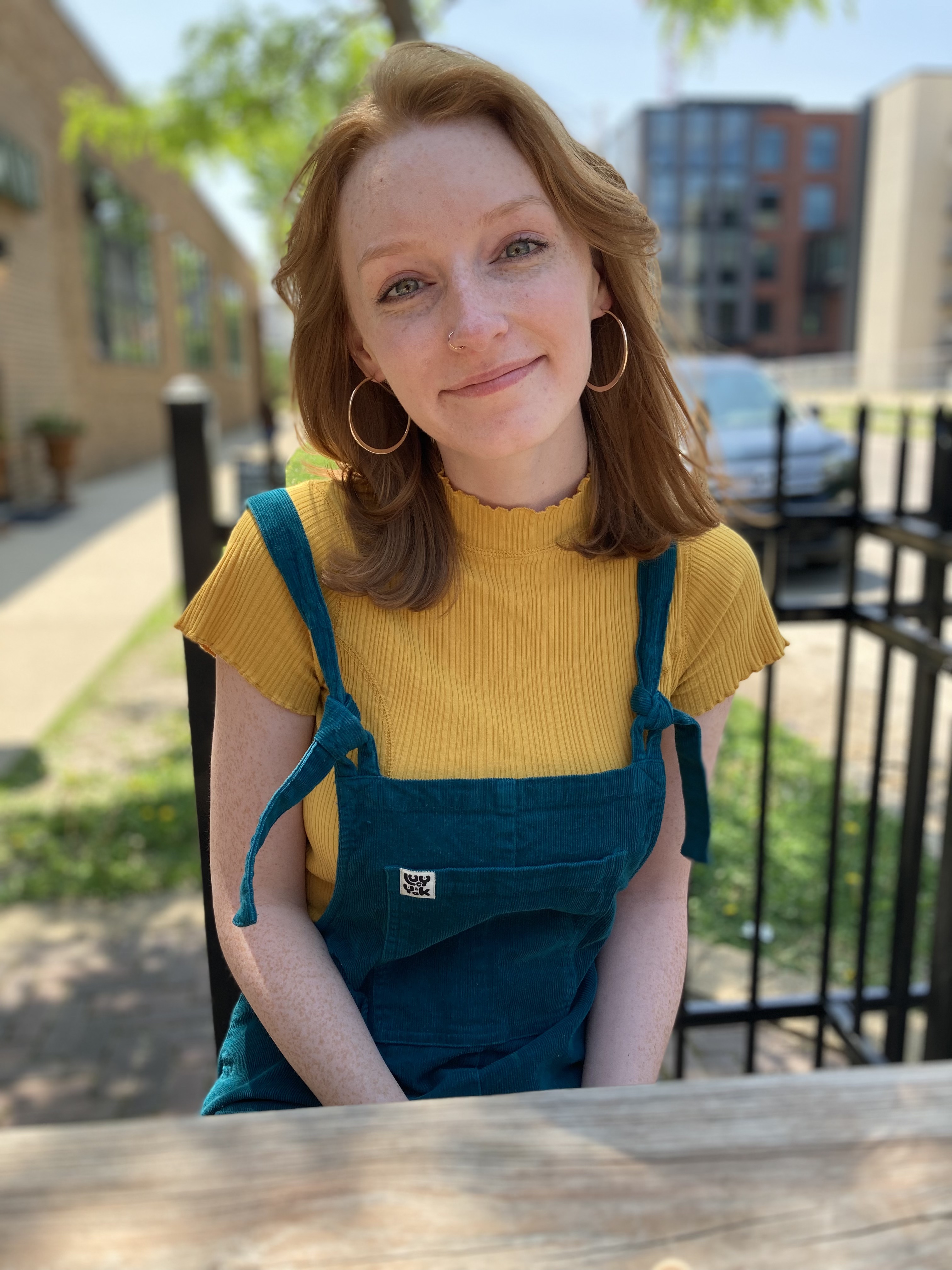Supporting Money Management among Adults with Down Syndrome: A Multi-Technology Probe Study
In progress
Financial decision-making is critical to adult autonomy, yet many adults with Down syndrome (AwDS) have limited opportunities or support to develop money management skills, often receiving allowances while caregivers oversee financial obligations. To better understand the experiences AwDS have with budgeting and their support preferences, we designed and prototyped three cash-based budgeting technology probes: a gamified tablet application, a tablet-based augmented reality application, and a custom tangible device. Seven AwDS used all three prototypes to complete simplified money management tasks. Our thematic and interaction analysis found that participants engaged most with playful visuals, tactile feedback, and adjustable assistance. Common breakdowns stemmed from multi-gesture interactions, constrained addition tasks, and limited self-correction. These findings point to three design implications: (1) design clear and reassuring action pathways; (2) balance autonomy with graduated help systems and collaborative error correction; (3) sustain engagement through playful personalization and stimulation.
